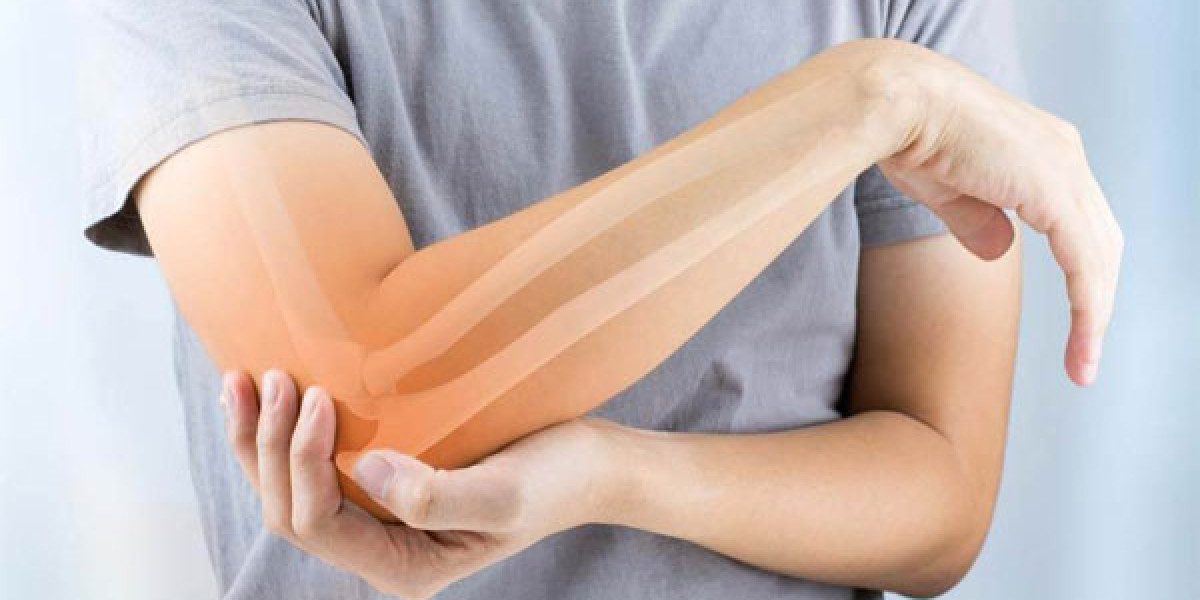Tennis elbow, medically known as lateral epicondylitis, is a painful condition caused by overuse of the forearm muscles and tendons. Despite its name, tennis elbow is not exclusive to tennis players—it can affect anyone who frequently engages in repetitive arm and wrist movements, such as painters, carpenters, chefs, and even office workers who spend long hours typing.
Understanding the causes of tennis elbow and taking preventive measures can help you avoid discomfort and maintain good arm health.
What Causes Tennis Elbow?
Tennis elbow occurs due to repetitive stress and strain on the tendons that attach to the lateral epicondyle, the bony bump on the outside of the elbow. This strain leads to tiny tears and inflammation, causing pain and weakness in the arm.
Some of the most common causes include:
- Repetitive Motion: Activities like swinging a racket, lifting objects, or frequently using a screwdriver can overwork the tendons in your forearm.
- Poor Technique: Using incorrect form in sports or manual labor can increase strain on the elbow.
- Weak Forearm Muscles: If the muscles supporting your wrist and elbow are weak, they are more prone to injury.
- Sudden Increase in Activity: Engaging in a new sport or job that involves heavy arm use without proper conditioning can lead to tennis elbow.
- Aging: As tendons lose flexibility over time, the risk of developing tennis elbow increases, especially in people aged 30 to 50.
Symptoms of Tennis Elbow
The main symptom of tennis elbow is pain and tenderness on the outer part of the elbow, which may radiate down the forearm. Other symptoms include:
- Weak grip strength
- Pain when lifting objects, shaking hands, or opening jars
- Discomfort while bending or straightening the arm
- Increased pain with repetitive wrist movements
If left untreated, tennis elbow can worsen and interfere with daily activities.
How to Prevent Tennis Elbow
While tennis elbow can be painful, the good news is that it is preventable with the right precautions. Here are some key strategies:
1. Strengthen Your Forearm Muscles
Building stronger forearm and wrist muscles can help reduce strain on your tendons. Exercises such as wrist curls, reverse wrist curls, and grip-strengthening exercises can improve muscle endurance.
2. Use Proper Technique
If you play sports like tennis or golf, ensure that you are using the right technique and equipment. A coach or trainer can help you adjust your grip, swing, or posture to reduce stress on your elbow.
3. Take Breaks and Stretch
Avoid overuse by taking regular breaks during repetitive activities. Stretching before and after activity can keep your tendons flexible and reduce the risk of injury.
4. Maintain Good Ergonomics
If you work at a desk, adjust your keyboard and mouse position to reduce strain on your wrists and elbows. Using an ergonomic chair and desk setup can help maintain proper arm posture.
5. Wear a Brace or Support
Using a forearm brace or elbow strap can help distribute pressure away from the affected tendon, especially if you are engaged in repetitive activities.
6. Avoid Lifting with Your Wrist
When picking up objects, try to use your entire arm instead of just your wrist to reduce strain on the elbow.
7. Gradually Increase Activity Levels
If you are starting a new sport or job that involves heavy arm use, gradually increase intensity instead of jumping into high-stress movements immediately.
When to See a Doctor
If you experience persistent elbow pain, weakness, or difficulty using your hand, consult a specialist like Dr. Gautam Arora at NPMC for a proper diagnosis and treatment plan. Treatment options may include physical therapy, pain management techniques, or in severe cases, injections to reduce inflammation.
By understanding the causes of tennis elbow and taking preventive measures, you can keep your arms strong and pain-free while continuing to enjoy your favorite activities.














